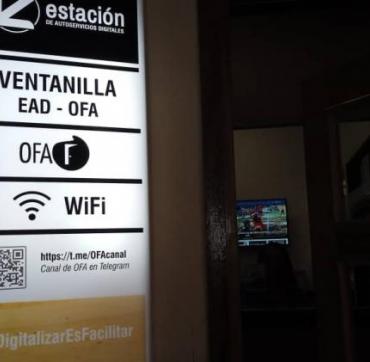Cuba redoubles epidemiological vigilance against monkeypox
especiales

Havana, Aug 22 (Prensa Latina) The Cuban Ministry of Public Health today redoubled efforts in epidemiological surveillance, after confirming a first case of monkeypox in Cuba.
The ministry informed that as part of the strategy to face the disease, it will work for greater control at the country’s entry points and already has trained personnel for the timely detection of this disease.
The flow chart for the care of patients with suspected disease has also been defined, and outbreak control measures have been established.
The health authorities have already decided which health care units will attend the cases with the disease.
There are biosafety standards for patients, family members and service providers, taking into account the level of contagiousness and the way in which this pathology is spread.
On Saturday, the ministry reported that an Italian patient, in Cuba since August 15, became the first case of simian smallpox in the country.
According to the note, he presented general symptoms on August 17 and went to the health services on the 18th due to their persistence.
The patient is now in critical condition, with danger to his life. Possible associated causes that could have conditioned his severity are being studied.
To date, the clinical presentation of monkeypox cases associated with this outbreak is variable.
Many cases in this outbreak do not present the clinical picture classically described for monkeypox (fever, swollen lymph nodes, followed by an evolving centrifugal rash).
Atypical features described include presentation of only a few or even a single lesion, starting in the genital or perineal/perianal area and not spreading further.
The disease is a viral zoonosis, endemic to remote areas of Central and West Africa, which produces symptoms similar to those seen in human smallpox in the past, although with less severe manifestations, the World Health Organization specified.
The infection is caused by direct contact with the blood, body fluids or skin or mucosal lesions of infected animals and there are as yet no specific treatments or vaccines against the condition.














Add new comment